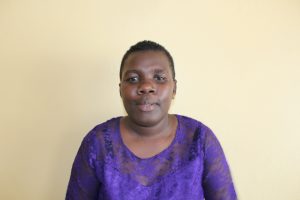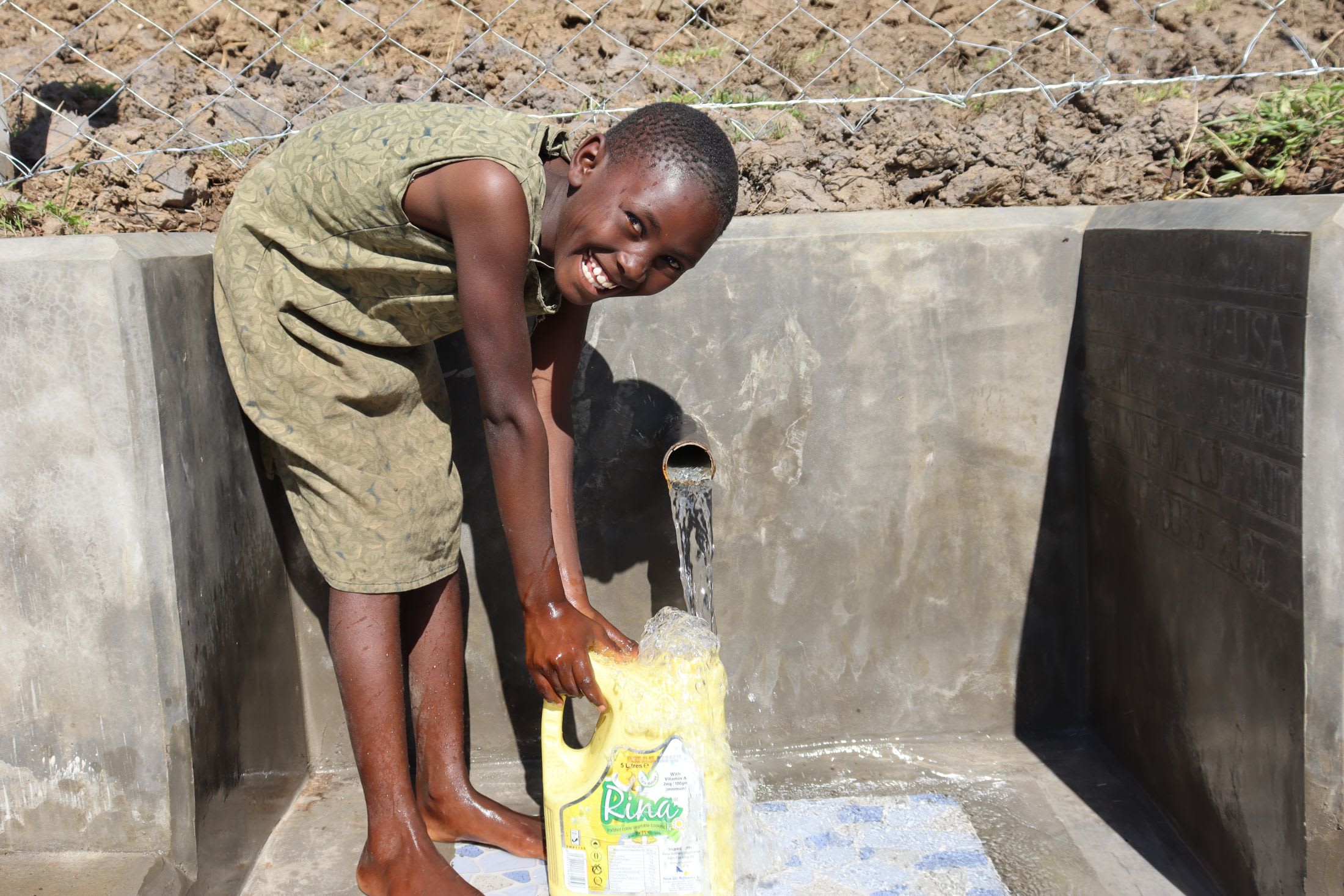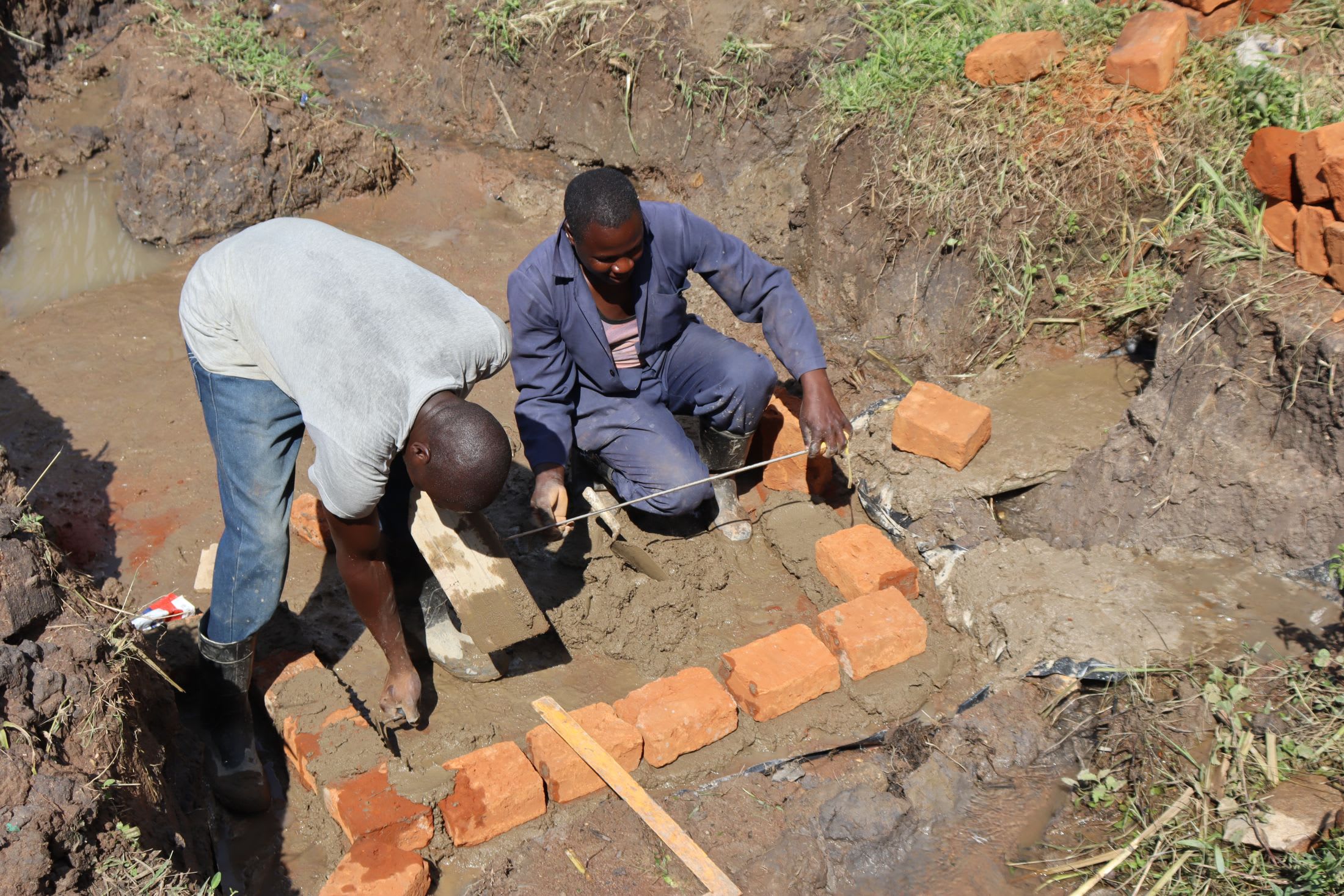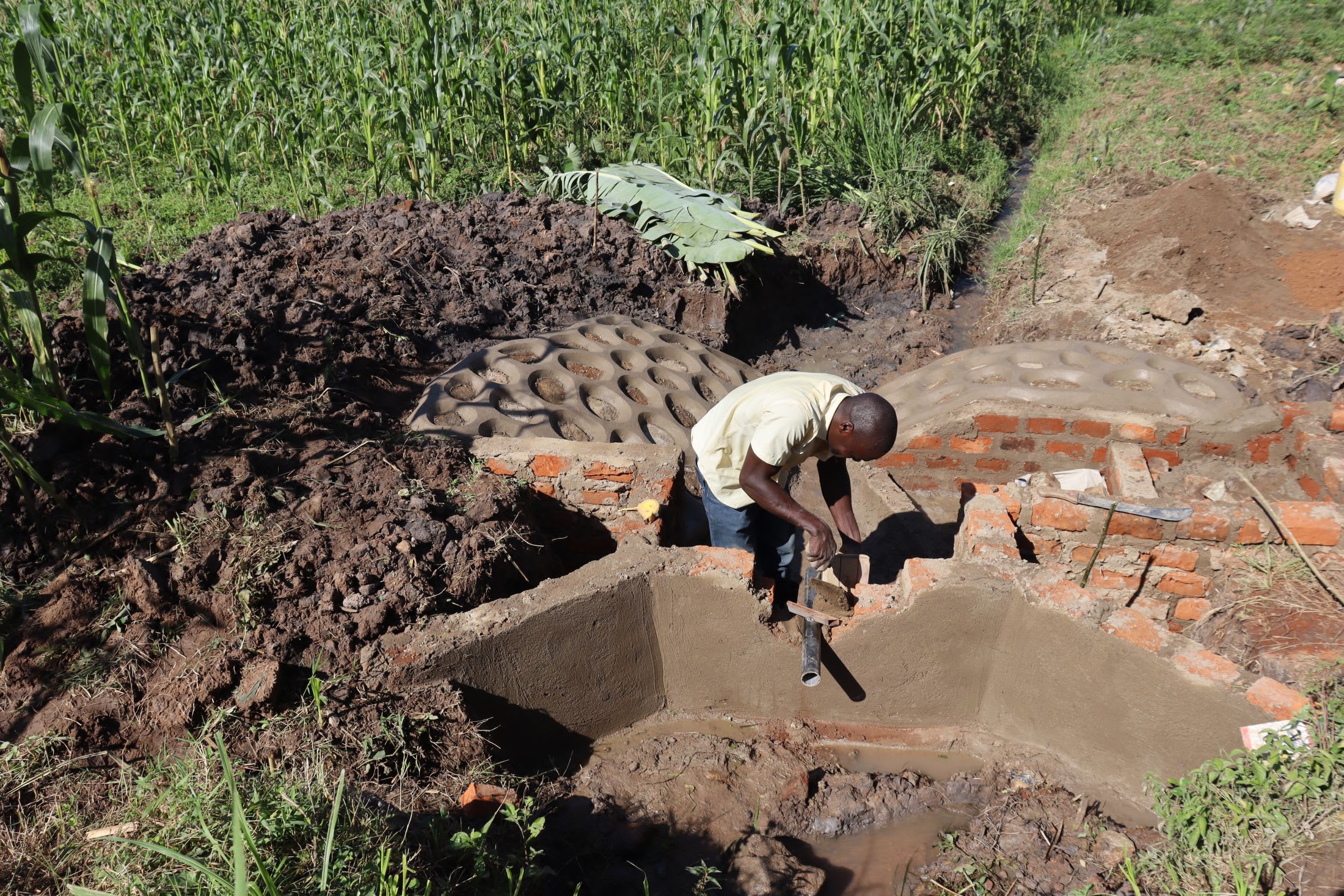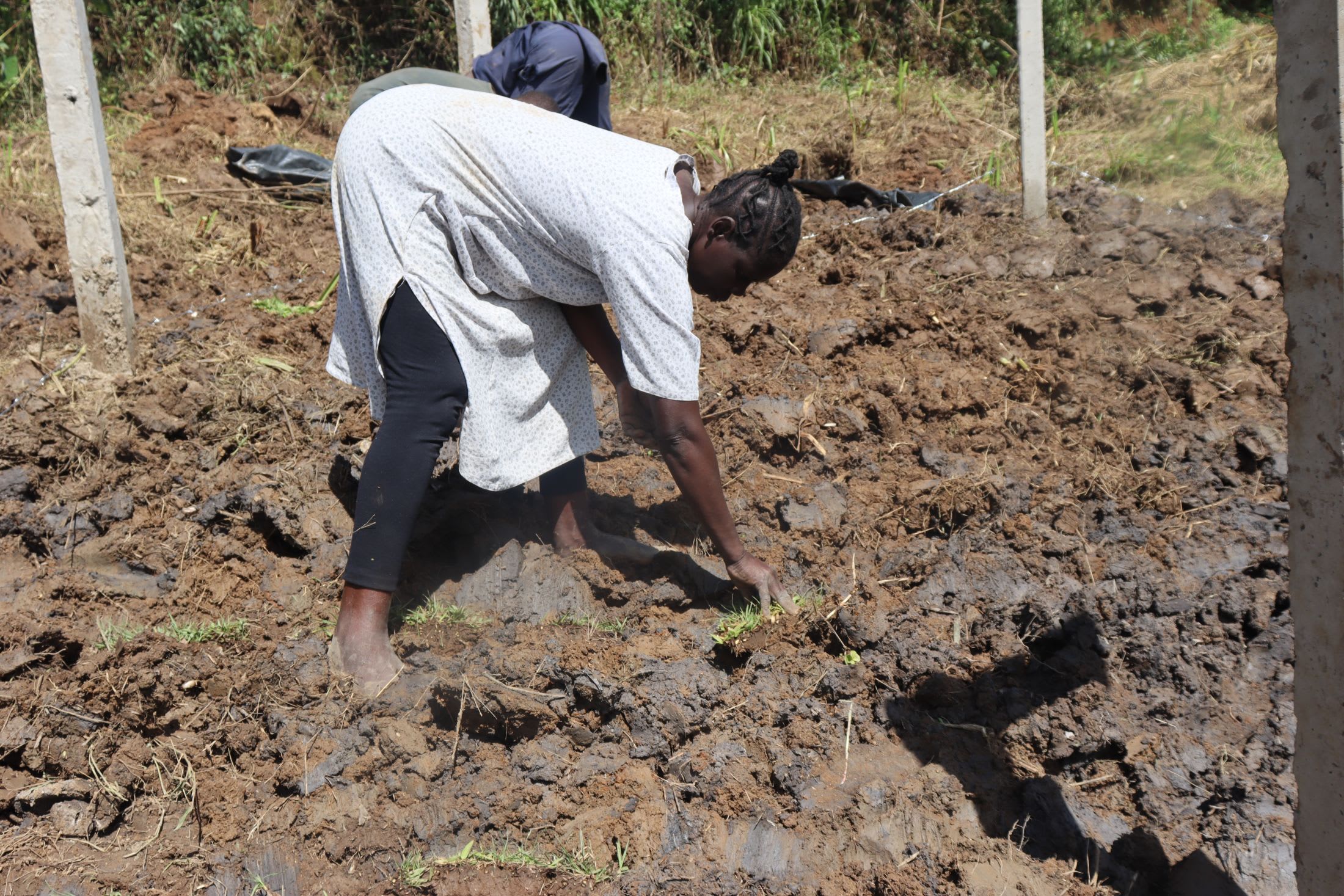175 people in the Sawawa Community rely on only one water source. Their unprotected spring provides insufficient water through a discharge pipe that releases barely more than a trickle. This causes long wait times and tension in this ordinarily tranquil community.

"This community lies on land covered with green vegetation. The love of protecting their environment has made the community unique. Every homestead has tall green trees in the compound as well as on their farms, which makes the area beautiful. The community is also known for its unity of standing together, especially during difficulties," says field officer Stella Inganji.

The people of Sawawa are passionate about their environment and community but the water crisis they encounter daily gets in the way of real progress.

11-year-old Joy M., shown below, shared how the water crisis has been a roadblock to her education. "[I] have been late to school several times and get punished just because I waited to fetch water at the water point either in the morning or afternoon. This has led to poor performance and attendance at school."

As you can imagine, children in the community yearn for education but cannot fully pursue their dreams. Life in Sawawa is not conducive to growth for Joy.
But sadly, that isn't the water point's only problem.
"The spring is located next to farm plots where farming activities take place, and they normally use fertilizer around, which may contaminate [the] water. The drainage system also is blocked with vegetation making the area dirty," shared Stella.

"Most of the community members complained of [an] outbreak of waterborne diseases, like typhoid and stomachache, which they use a lot of money on medication," she continued.
Mary Nyakabi, 47, a community health volunteer seen below, shared her experience of contracting typhoid by consuming contaminated water.

"I remember early this year, I was diagnosed with typhoid, [and] because I did not have a medical cover (insurance), I had to spend a lot of money on treatment and make other family activities standstill due to [my] lack of funds."
Protecting Sawawa's spring will empower Joy to dive head first into her education without worrying about meeting her essential water needs or wasting time. In addition, Mary can prioritize her family's needs instead of using up precious resources on medical bills to treat water-related illnesses.
The Proposed Solution, Determined Together...
At The Water Project, everyone has a part in conversations and solutions. We operate in transparency, believing it benefits everyone. We expect reliability from one another as well as our water solutions. Everyone involved makes this possible through hard work and dedication.
In a joint discovery process, community members determine their most advantageous water solution alongside our technical experts. Read more specifics about this solution on the What We're Building tab of this project page. Then, community members lend their support by collecting needed construction materials (sometimes for months ahead of time!), providing labor alongside our artisans, sheltering and feeding the builders, and supplying additional resources.
Water Access for Everyone
This water project is one piece in a large puzzle. In Kenya, Sierra Leone, and Uganda, we're working toward complete coverage of reliable, maintained water sources that guarantee public access now and in the future within a 30-minute round trip for each community, household, school, and health center. One day, we hope to report that this has been achieved!
Training on Health, Hygiene & More
With the community's input, we've identified topics where training will increase positive health outcomes at personal, household, and community levels. We'll coordinate with them to find the best training date. Some examples of what we train communities on are:
- Improved hygiene, health, and sanitation habits
- Safe water handling, storage & treatment
- Disease prevention and proper handwashing
- Income-generation
- Community leadership, governance, & election of a water committee
- Operation and maintenance of the water point
Chlorine Dispensers
Installing chlorine dispensers is an important piece of our spring protection projects. Protecting a spring provides community members with an improved water source, but it doesn’t prevent contamination once the water is collected and stored. For example, if the water is clean and the container is dirty, the water will become contaminated.
We ensure that each chlorine dispenser is filled with diluted chlorine on a consistent schedule so that people can add pre-measured drops to each container of water they collect. That way, community members can feel even more confident in the quality of their water.

 Protected Spring
Protected Spring
 Rehabilitation Project
Rehabilitation Project










